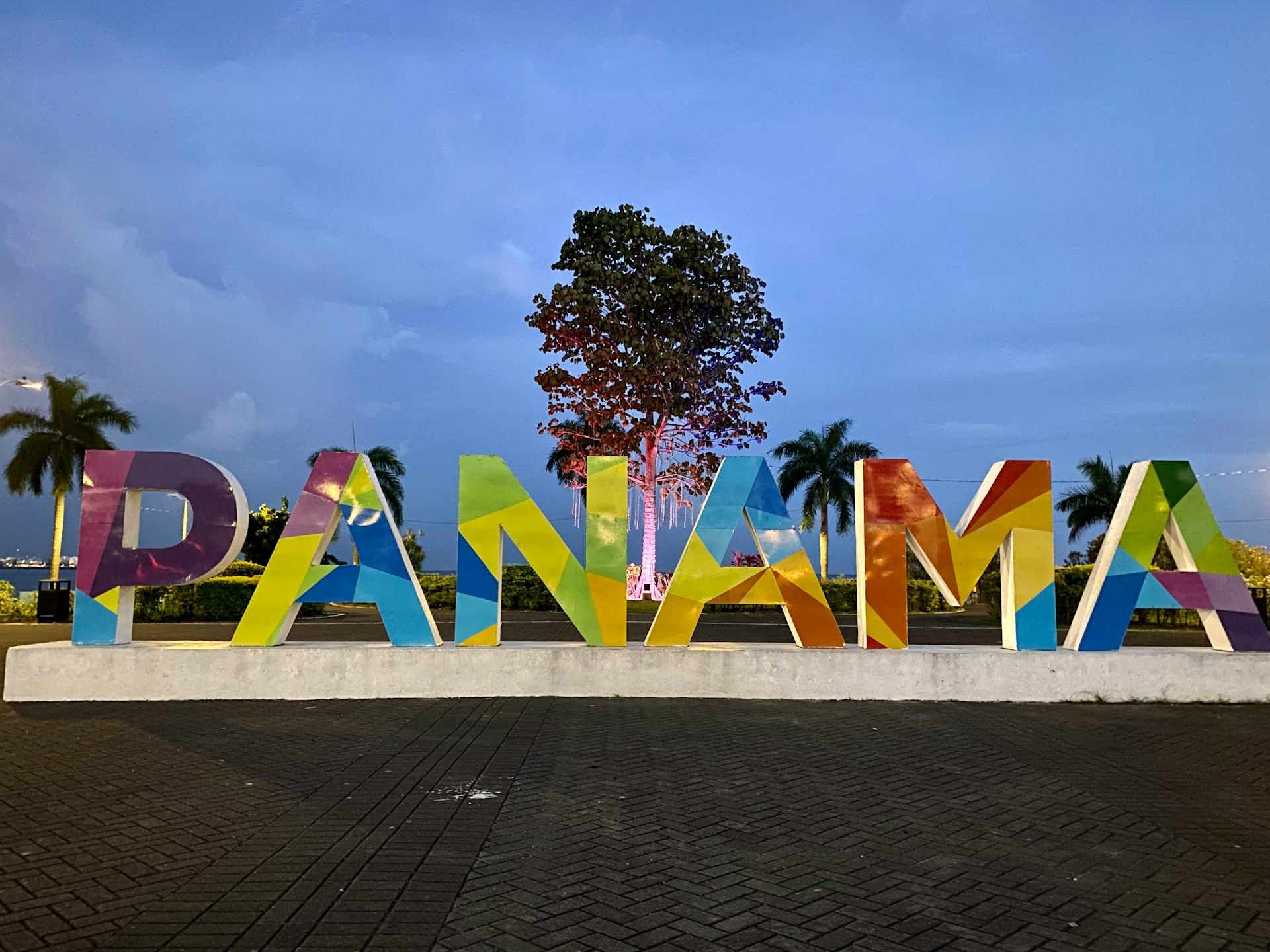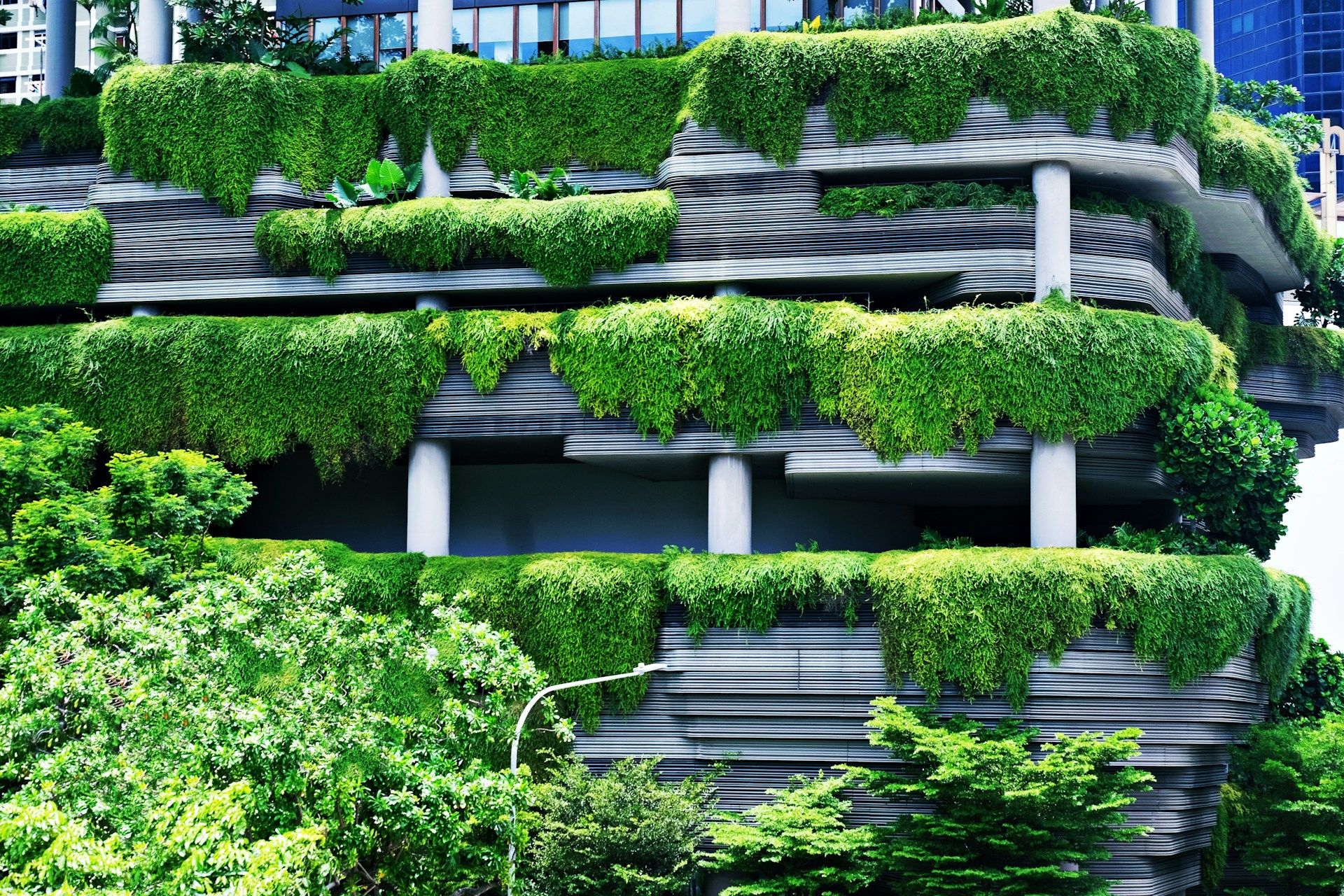Architectural Spaces that Strengthen Community
In contemporary architecture, buildings are no longer conceived merely as functional structures but as social catalysts. Architectural spaces have the power to bring people together, inspire, and connect. In Panama, where cultural diversity and urban growth converge, designing spaces that promote community cohesion has become a necessity.
Beyond aesthetics, socially oriented architectural projects aim to strengthen both the urban and human fabric—creating environments where interaction, inclusion, and a sense of belonging can flourish.
Architecture as a Social Fabric
Community-centered architecture begins with a fundamental idea: spaces influence behavior. A well-designed park invites people to stay; an active plaza encourages interaction; a cultural center sparks local pride.
In Panama, urban planning and architectural design are playing an increasingly important role in fostering connections among citizens of different ages, cultures, and lifestyles.
21st-century architects understand that every project has a human dimension. For this reason, both public and private initiatives today seek to build not just structures, but social ecosystems where space becomes a tool for improving quality of life.
Public Spaces: The Heart of the City
Public spaces are the soul of any city. Parks, plazas, markets, waterfronts, and cultural centers serve as gathering points where community life comes alive.
In Panama, urban renewal projects and the creation of green areas have shown that walkable, livable cities also foster a more active and engaged citizenry.
Inclusive public spaces not only provide recreation—they encourage dialogue across generations and social groups. A design with shaded areas, accessible furniture, and natural elements transforms a location into a genuine meeting point.
Moreover, integrating vegetation and local materials reinforces a sense of place and promotes environmental sustainability.
With its cultural diversity and tropical climate, Panama has a unique opportunity to design urban spaces that reflect both its Caribbean essence and contemporary dynamism. From coastal parks to pedestrian corridors, every intervention can help reconnect people with their city.

Community Centers and Architecture of Inclusion
Community, cultural, and educational centers are pillars of social development. Through them, architecture becomes a vehicle for bringing services, knowledge, and culture closer to citizens. In growing neighborhoods, these spaces act as anchors of cohesion, offering opportunities for learning, art, and entrepreneurship.
In Panama, more and more projects are embracing this vision. Multifunctional buildings that host workshops, sports activities, and green areas demonstrate how design can enhance collective well-being. The goal is not just to create infrastructure, but to build shared experiences that strengthen community life. Inclusive architecture also considers universal accessibility, ensuring that people with reduced mobility or special needs can fully enjoy their surroundings.
When a space is designed for everyone, it ceases to be just a building—it becomes a symbol of equality and belonging.
Collective Housing as a Space for Connection
Residential design also plays a crucial role in community building. Collective housing and mixed-use urban developments offer opportunities to create environments where neighbors share not only physical spaces but also daily experiences.
In Panama, new residential typologies are incorporating shared areas such as communal terraces, gardens, coworking spaces, and recreational zones that foster interaction. These projects respond to a new way of living—where privacy and social connection coexist. Architecture that encourages casual encounters, children’s play, or neighborhood collaboration reinforces the human bonds every city needs.
Sustainable residential developments also integrate mobility planning, energy efficiency, and participatory design principles, allowing residents to feel actively involved in the space they inhabit. Participatory Architecture: Designing With the Community, Not Just For It One of the most inspiring trends in architecture today is participatory design—where citizens are actively involved in the creative process.
This approach, increasingly present in Panama, recognizes that those who inhabit a space best understand its needs. Community workshops, neighborhood consultations, and interdisciplinary collaborations make it possible to create more authentic and lasting projects.
Citizen participation transforms architecture into a democratic process, where decisions are not imposed but built collectively. Such projects tend to foster a stronger sense of belonging and care, as people feel ownership of the space. In this model, architects become mediators between technique and emotion—between professional vision and the voice of the territory.
Spaces with Purpose: Toward a More Human Architecture
Architecture that strengthens community is not measured in square meters but in experiences. Every project that promotes interaction, learning, and inclusion contributes to building a fairer and more resilient city.
In Panama, the future of urban architecture depends on the ability to create places where everyday life unfolds with harmony, connection, and purpose.
Architects have both the responsibility and the opportunity to design spaces that inspire togetherness. From small urban interventions to large mixed-use complexes, the key lies in understanding that architecture not only shapes landscapes—it shapes human relationships.
When buildings open themselves to people, when plazas invite you to linger, and when neighborhoods are designed for sharing, the entire city grows stronger.
Architecture with purpose ceases to be a purely technical exercise and becomes an act of community.






